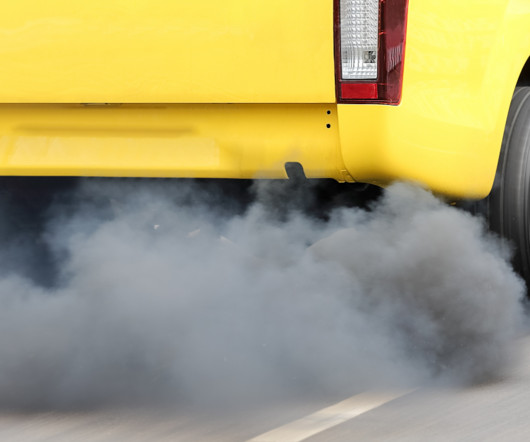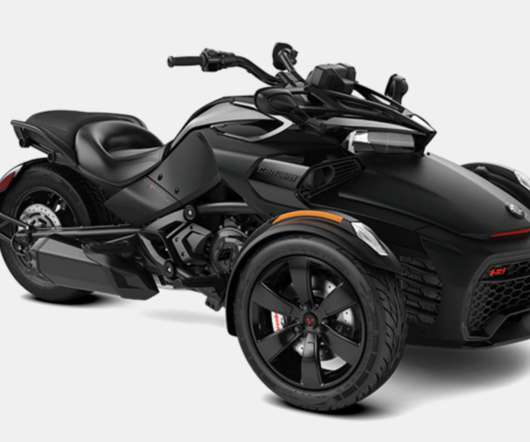Motiv Power Systems to power 13 electric school buses in California pilot
Green Car Congress
MAY 11, 2017
MotivPower Systems, in partnership with Type-A school bus manufacturer Trans Tech, is bringing electric school buses to the Sacramento, California region. The new all-electric buses will be powered by Motiv’s all-electric powertrains, which are both designed and manufactured in California, supporting local manufacturing jobs.






















Let's personalize your content